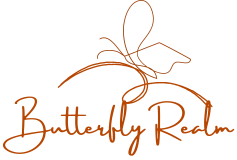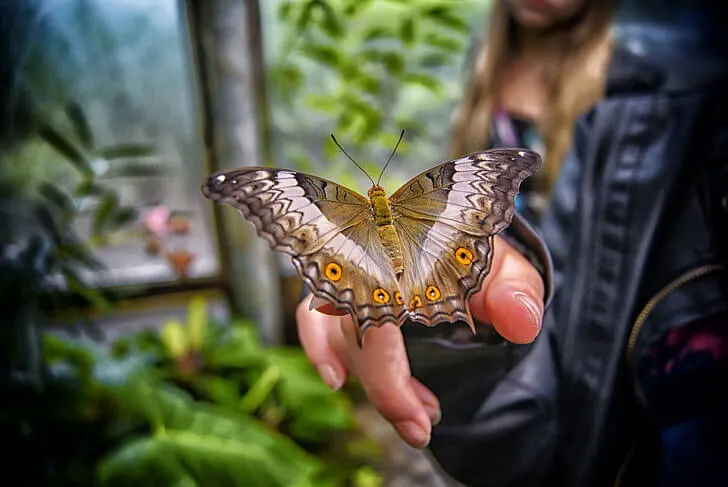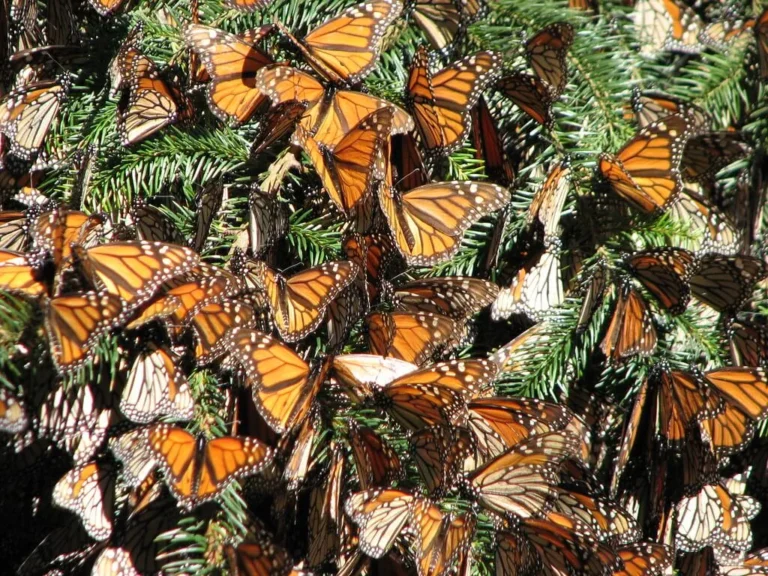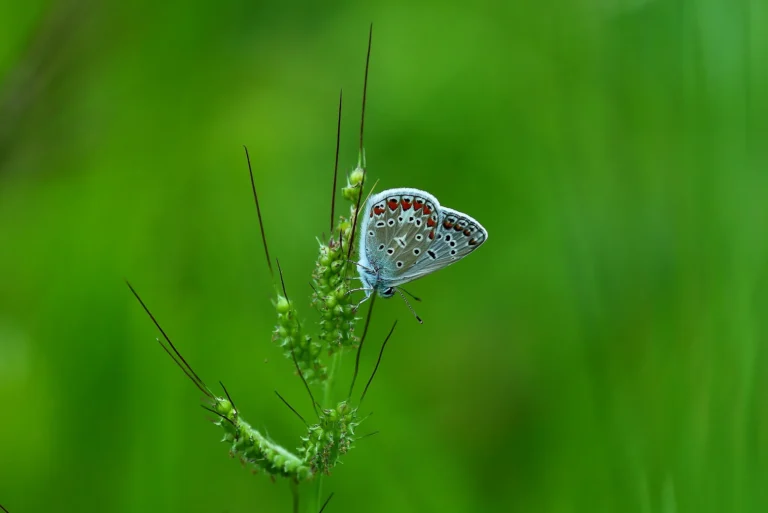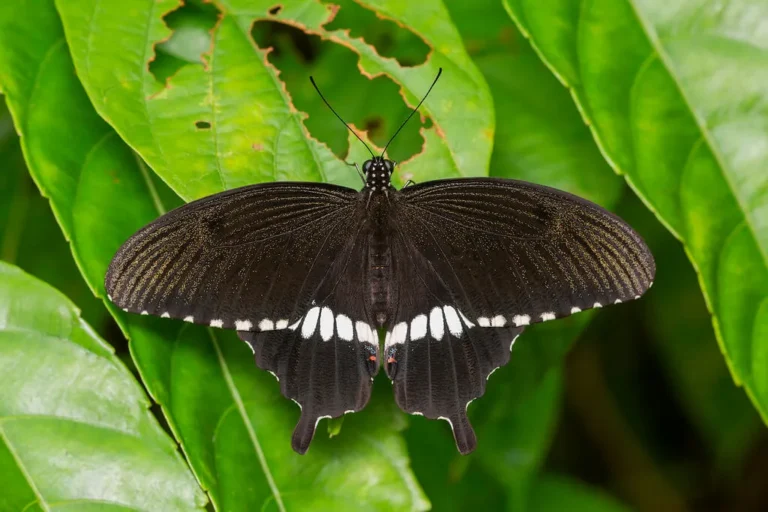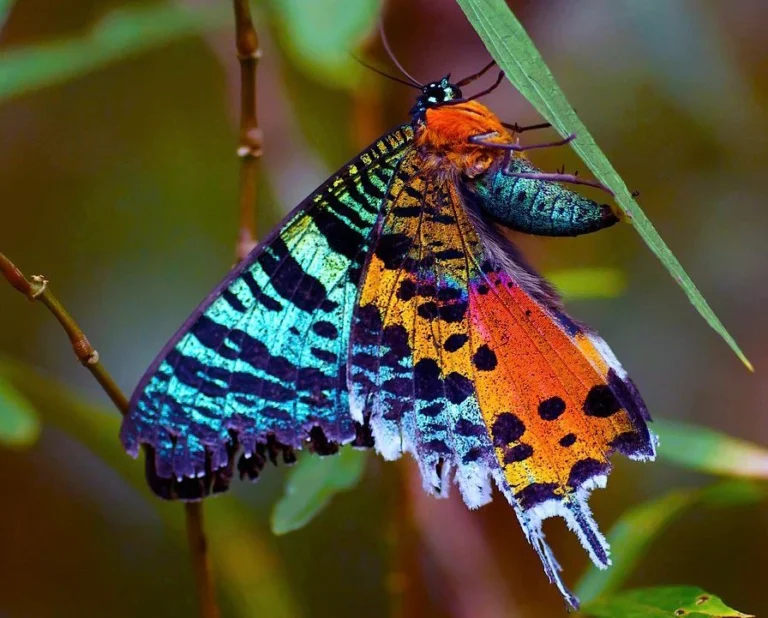The Truth About the Green Monarch Butterfly: Myths & Facts Explained
People know Monarch butterflies for being orange and black. There isn’t any real proof of a Green Monarch Butterfly. Some stories and pictures show green Monarchs, but they are just make-believe. Another green butterfly called the Green Longwing lives in Central and South America. Some people confuse it with the Monarch because it’s green and looks a bit like it.
Table of Contents
Introduction
People love the Monarch butterfly because of its special orange and black colors. Many people from different places think it’s very important. Sometimes, people talk about a “Green Monarch Butterfly”. This makes many curious and wonder if it’s real.
So, what is this Green Monarch Butterfly? Is it just something we think up, something from art, or is it real? This article talks about this, explaining where the idea comes from and why people find it interesting.
The Myth and Mystery of the Green Monarch Butterfly

Where Did the Idea Come From?
Have you ever heard of a green Monarch butterfly? It’s not something we see in our gardens or during their famous migrations. So, where did this idea come from? Sometimes, stories and myths can give birth to such ideas. Just like legends of unicorns or mermaids, the green Monarch has its own space in some tales.
Art and Imagination
Artists love to play with colors and imagine things in new ways. There might be paintings, drawings, or even sculptures that show the Monarch butterfly in shades of green instead of its usual orange. These artworks can inspire and make people wonder, “What if there really was a green Monarch?”
Unusual Sightings
Sometimes, people might think they’ve seen a green Monarch butterfly. It could be because of the way the light falls on the butterfly’s wings or maybe they saw a different butterfly that looked a bit like a Monarch. These rare moments can also add to the mystery of the green Monarch.
Can Monarchs Be Green?

The Monarch butterfly, known scientifically as Danaus plexippus, is primarily recognized by its distinct orange and black coloration.
While there are slight variations in color due to factors like age, wear, and environmental influences, there is no scientifically documented instance of a naturally occurring green Monarch butterfly.
The idea of a green Monarch is more of a fascination and speculation, often influenced by tales, art, or misidentifications.
What is the Green Butterfly That Looks Like a Monarch?
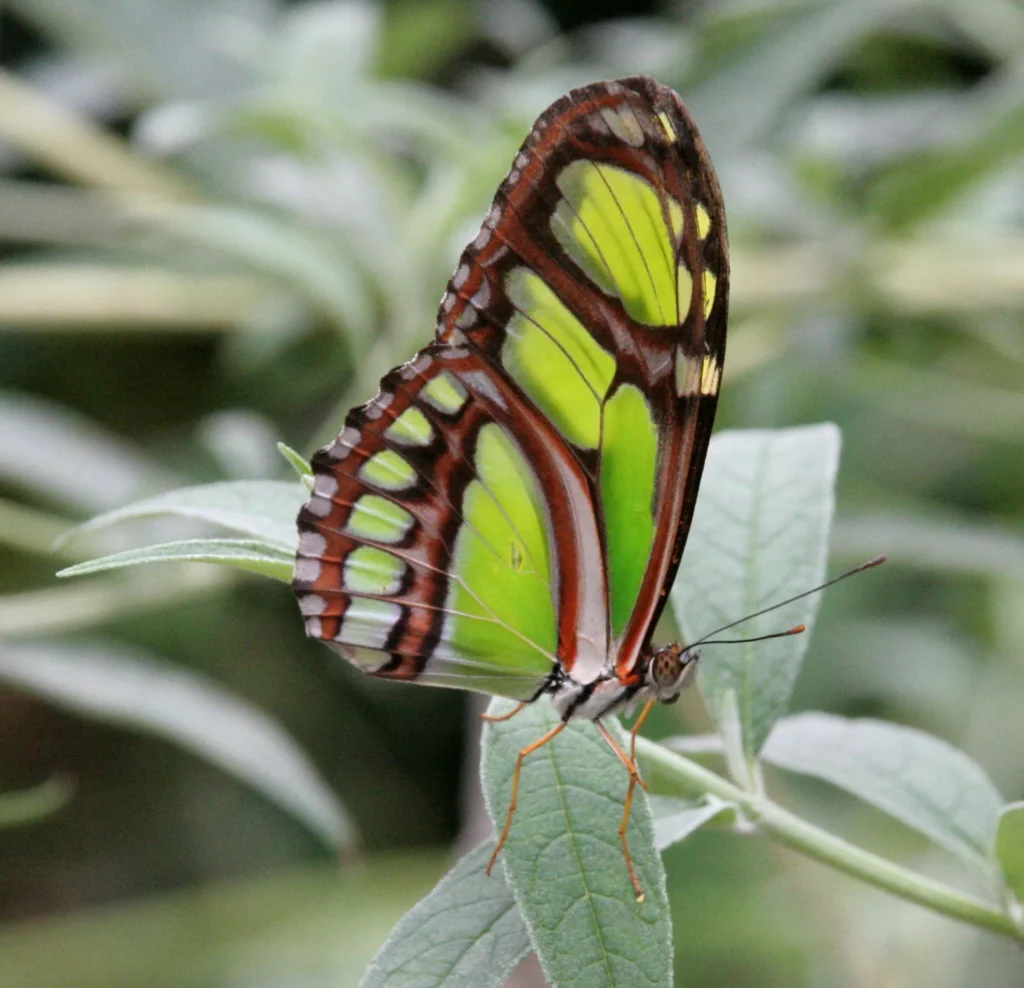
There are several green butterflies worldwide, but the one often mistaken for a Monarch is the Green Longwing (Philaethria dido). Found in Central and South America, the Green Longwing has a similar size and wing shape to the Monarch, but its coloration is a brilliant shade of green.
While they belong to different butterfly families, their somewhat similar appearance can lead to confusion, especially in art or by those unfamiliar with different butterfly species.
Genetics and Color Variation in Butterflies
How Colors Come to Life
The vibrant and diverse colors we see on butterfly wings are a result of their genes. These genes are like nature’s little paintbrushes, deciding what colors a butterfly will have. Each species has its unique set of colors, and these are often passed down from one generation to the next.

Butterflies in Different Hues
There are thousands of butterfly species around the world, and many of them come in various shades and colors. While some butterflies might be blue or yellow, others might be green.
Even though the Monarch is best known for its iconic orange, exploring other butterfly species can help us understand the world of colors in these delicate creatures.
The Role of the Environment
Where a butterfly grows up, what it eats, and the climate it lives in can all play a part in its color. For instance, a caterpillar’s diet can sometimes influence the shades of its wings when it becomes a butterfly.
Different factors from the environment can bring out slight changes in the colors of a butterfly’s wings, like how what monarch butterflies eat can influence their color.
Human Influence and the Monarch Butterfly
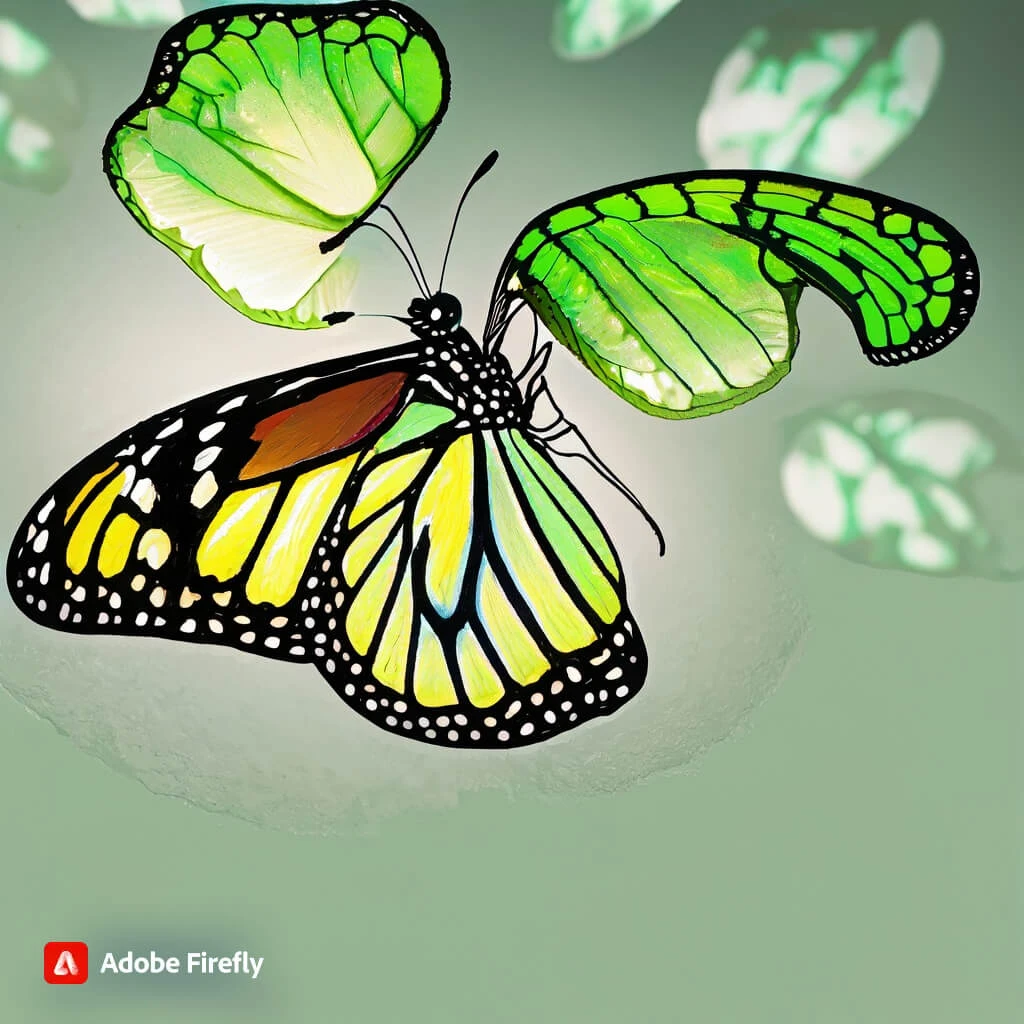
People’s Impact on Nature
Humans have a big effect on the world around them. This includes the lives of tiny creatures like the Monarch butterfly. From building cities to planting gardens, what we do can change where butterflies live and how they behave.
Breeding and the Quest for New Colors
People have always been curious and like to experiment. Some butterfly enthusiasts try to breed butterflies in hopes of getting new and unique colors.
While this might sound exciting, it’s not always easy, and it can sometimes lead to unexpected results. But this curiosity has led to questions like, “Can we have a green Monarch butterfly?”
Playing with Nature: Is It Right?
Changing the natural ways of any animal or plant raises some big questions. Should humans change a butterfly’s color just because they can? What happens if that butterfly can’t survive in the wild anymore? It’s important to think about the ethics of our choices and to respect the balance of nature.
Broader Significance of the Green Monarch Concept
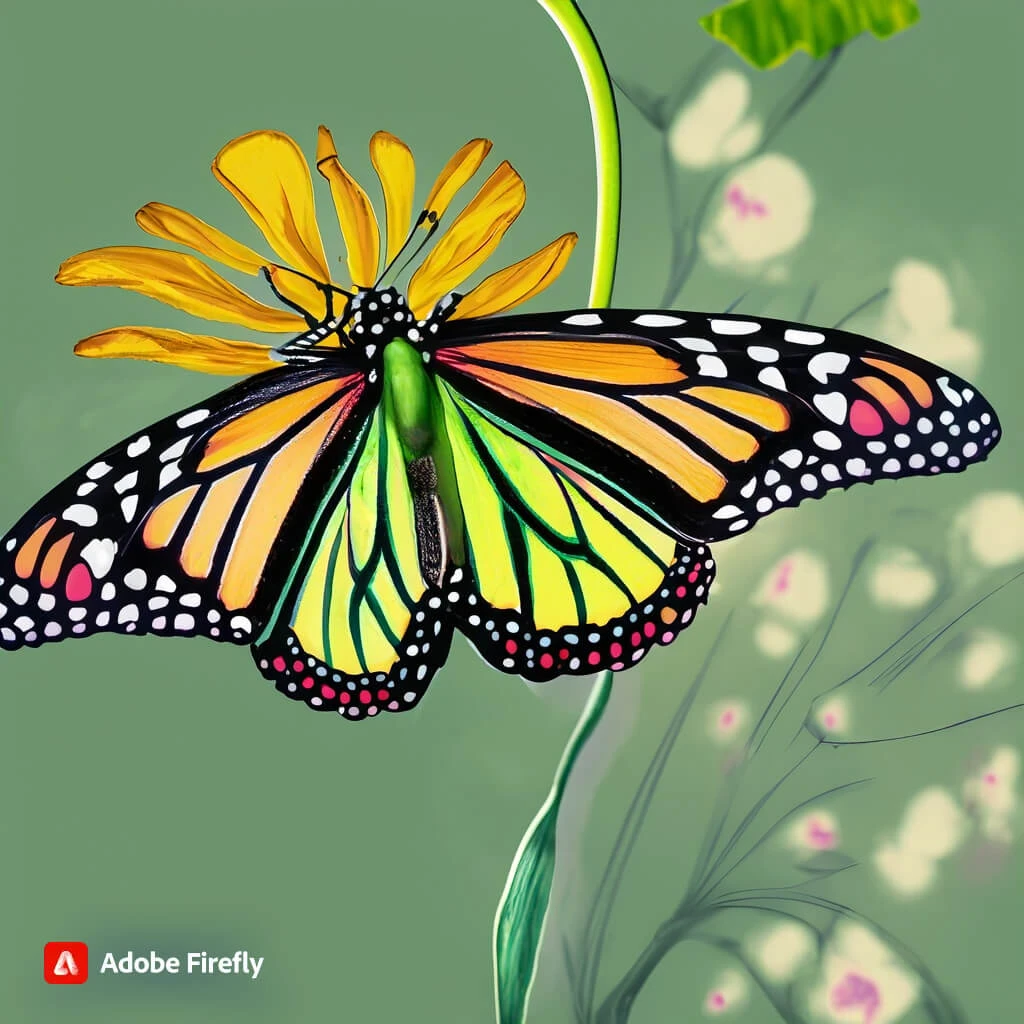
The Allure of the Unique and Unordinary
Nature is filled with wonders, and sometimes what stands out the most are the rarities and oddities. The idea of a green Monarch butterfly, though not commonly found in nature, sparks our imagination. It’s a reflection of our human curiosity about things that are different and unexpected.
Appreciating Nature as It Is
While it’s fun to dream about unique creatures like a green Monarch, it’s also crucial to value and appreciate the natural beauty around us. The orange and black patterns of the Monarch butterfly have their own story and evolved over millions of years.
Every color and pattern in nature has its purpose, and it’s a testament to the wonders of evolution.
Our Relationship with the Environment
The concept of a green Monarch butterfly is more than just a colorful idea. It makes us think about our place in nature. Do we simply observe and appreciate? Or do we try to change and mold things to our liking?
These questions are essential as they guide our actions and decisions related to the environment around us.

Conclusion
The Monarch butterfly, with its brilliant orange and black wings, is a testament to nature’s artistry. The concept of a green monarch butterfly, while rooted more in imagination than in reality, serves as a symbol of human curiosity and our endless fascination with the wonders of the natural world.
While we may not see green Monarchs fluttering in our gardens, the discussions, myths, and artistic interpretations they inspire remind us of the broader questions about our place in nature. They urge us to reflect on our roles as caretakers of the environment and the balance between appreciation and intervention.
In a world brimming with natural marvels, it’s essential to cherish every hue, pattern, and creature. Whether it’s the authentic orange of a Monarch or the imagined green of artistic interpretations, each tells a story of nature’s diversity and our human connection to it.
Recommended Readings & References
- Monarchs of the World: A comprehensive guide to the Monarch butterfly, its habitats, migration, and significance in various cultures around the globe.
- The Colors of Nature: This book delves into the science behind the colors we see in the natural world, from flowers to animals, explaining how and why they occur.
- Imagination & Wildlife: An interesting read on how human creativity and artistry have been influenced by wildlife, featuring chapters on imaginative concepts like the green Monarch butterfly.
- Ethics in Nature: A thoughtful exploration of humanity’s impact on the environment, examining the ethics of intervention, conservation, and coexistence.
- Butterfly Gardens: A guide for enthusiasts on creating a butterfly-friendly environment in their own backyards, with tips on plants, habitats, and conservation efforts.
